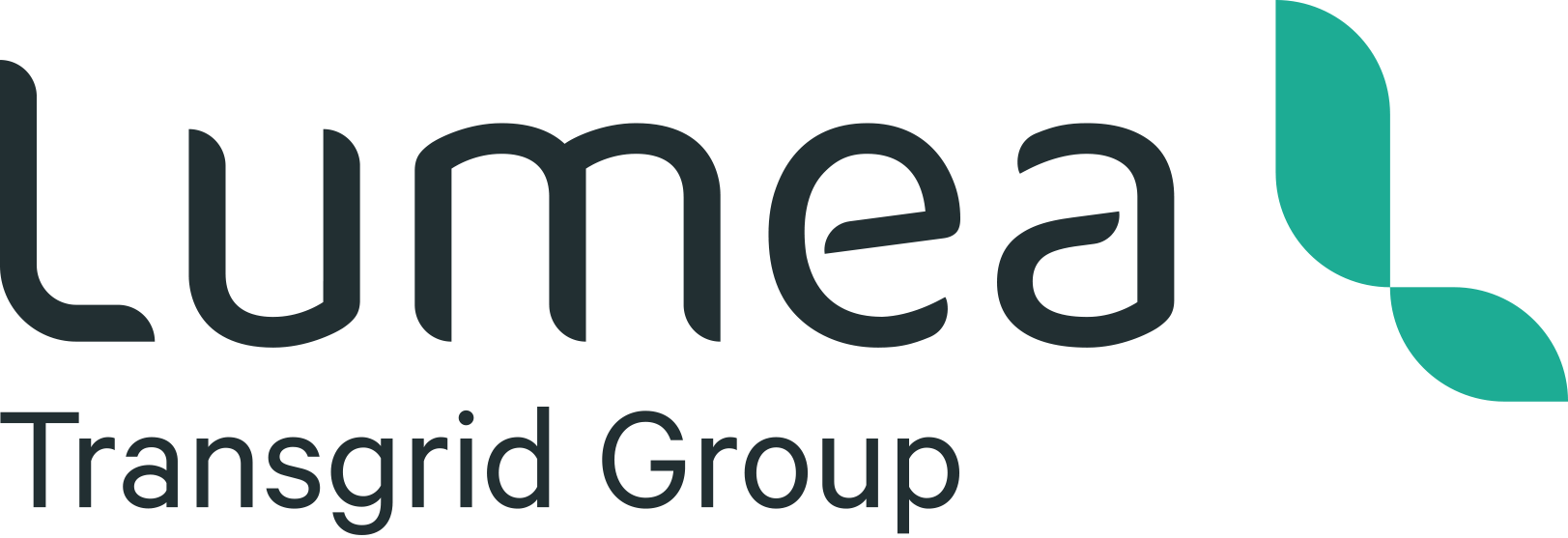Australia is facing a $40bn question about how to secure investment and delivery of the energy infrastructure needed to make transformative change by 2040 and beyond.
While that pipeline dollar opportunity is huge, the magnitude of the task ahead set the tone at the second Renewable Energy Zone conference in Sydney in May. Certainty, community and collaboration were repeatedly raised as keystone components for a successful transition, with a nod to the material challenges each poses to hitting rollout, and net zero, targets.
What follows is a quick take from various panelists and speakers on certainty, community and collaboration.
Certainty
- Policy uncertainty no longer seems to be the primary risk to investment certainty.
- Investors add a risk premium of 100bps to 250bps to Australian projects versus overseas assets, because of curtailment and congestion.
- The number of projects reaching financial close is decreasing, despite the pipeline of works needed to deliver the transition increasing.
- Investors want a congestion management approach that delivers revenue predictability over the life of the asset, and greater certainty around balancing the interests of new market entrants with the viability of existing investment on the NEM.
- Connection and curtailment isn’t the only risk premium that’s a factor for investors: supply chain disruption, uncontrollable costs for transport and logistics, and long administrative timelines are now impacting confidence around holding prices for projects. This is mitigated for some investors by the long investment horizons for typical infrastructure assets.
Community
- There is acknowledgement from every corner of the sector of the “paramount importance” of communities to the success of the energy transition.
- Social and community support is now recognised as being inextricably linked with securing investment certainty.
- Financiers are increasingly thinking about community risk, including a focus on the impact of reputational issues on generation and transmission projects.
- Government and industry now accepts there are real, quantifiable financial impacts around social licence, and a poorly managed community interface, as issues can delay projects of all sizes and impose time and cost losses.
Collaboration
- We are in a phase of observing, and shaping, the evolution of the ecosystems that we need to get us to net zero.
- We are acknowledging the complexity of the system we’re replacing the current system with, and how that will require collaboration and group-thinking about how each of the parts fit together.
- Complexity, speed and multiple players means we need to evolve our ways of working, but there is no clear answer on how to introduce greater cross-industry collaboration while respecting competitive tensions.
- Is there the opportunity for co-location and collaboration for industry to build local content to supply the transition? The NSW Renewable Manufacturing Fund is a step towards thinking about this as an industry, and beyond.
Across all of the above, the added complication of time, and questions around how best to set the pace for change, were raised. Fast is good when it comes to decarbonising, but it does increase the risk of inadvertent impacts from expedited infrastructure rollouts. The challenge for industry and Government as we move towards net zero will be to find a balance, and create the right level of certainty for prospective investors.



